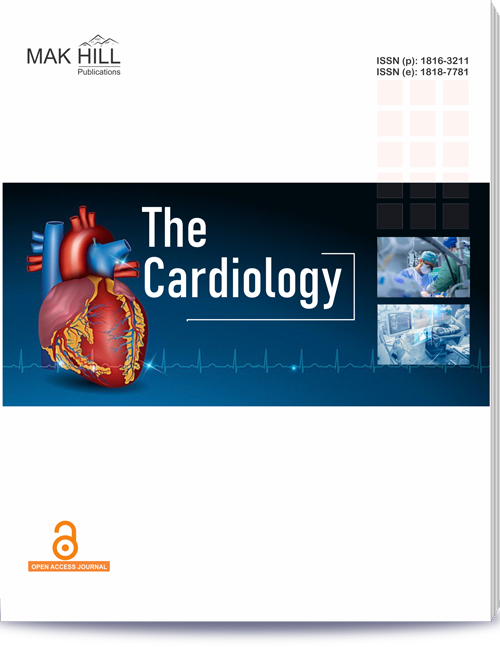
The Cardiology
ISSN: Online 1993-6117ISSN: Print 1811-8194
Abstract
Women with functional ovaries usually display a lower risk of coronary heart diseases and other forms of cardiomyopathies than men and postmenopausal women. It is speculated that difference in intrinsic myocardial contractile properties between male and female may underscore this gender difference in heart function. Gender-related difference in myocardial contraction is mainly manifested as shortened duration and increased velocity of contraction in female. Female myocardium and ventricular myocytes are better tolerated to stress-induced (such as diabetes and ischemia-reperfusion) cardiac tissue injury than their male counterparts. Nevertheless, this "female advantage" disappears with the onset of menopause indicating that ovarian hormones, primarily estrogen, play a pivotal role in reducing risk for heart disease. Currently, the benefit versus risk of estrogen replacement therapy on cardiac function and overall cardiovascular health remains controversial. This review will try to focus on the gender-related difference in cardiac excitation-contraction (E-C) coupling and the role of estrogen in this gender-related difference in E-C coupling. We are also attempting to summarize the regulation of mechanical and protein functions in ventricular myocytes by estrogen.
How to cite this article:
Asli F. Ceylan-Isik and Jun Ren . Gender Difference in Cardiac Excitation-Contraction Coupling: Role of Estrogen.
DOI: https://doi.org/10.36478/tcard.2005.01.07
URL: https://www.makhillpublications.co/view-article/1811-8194/tcard.2005.01.07